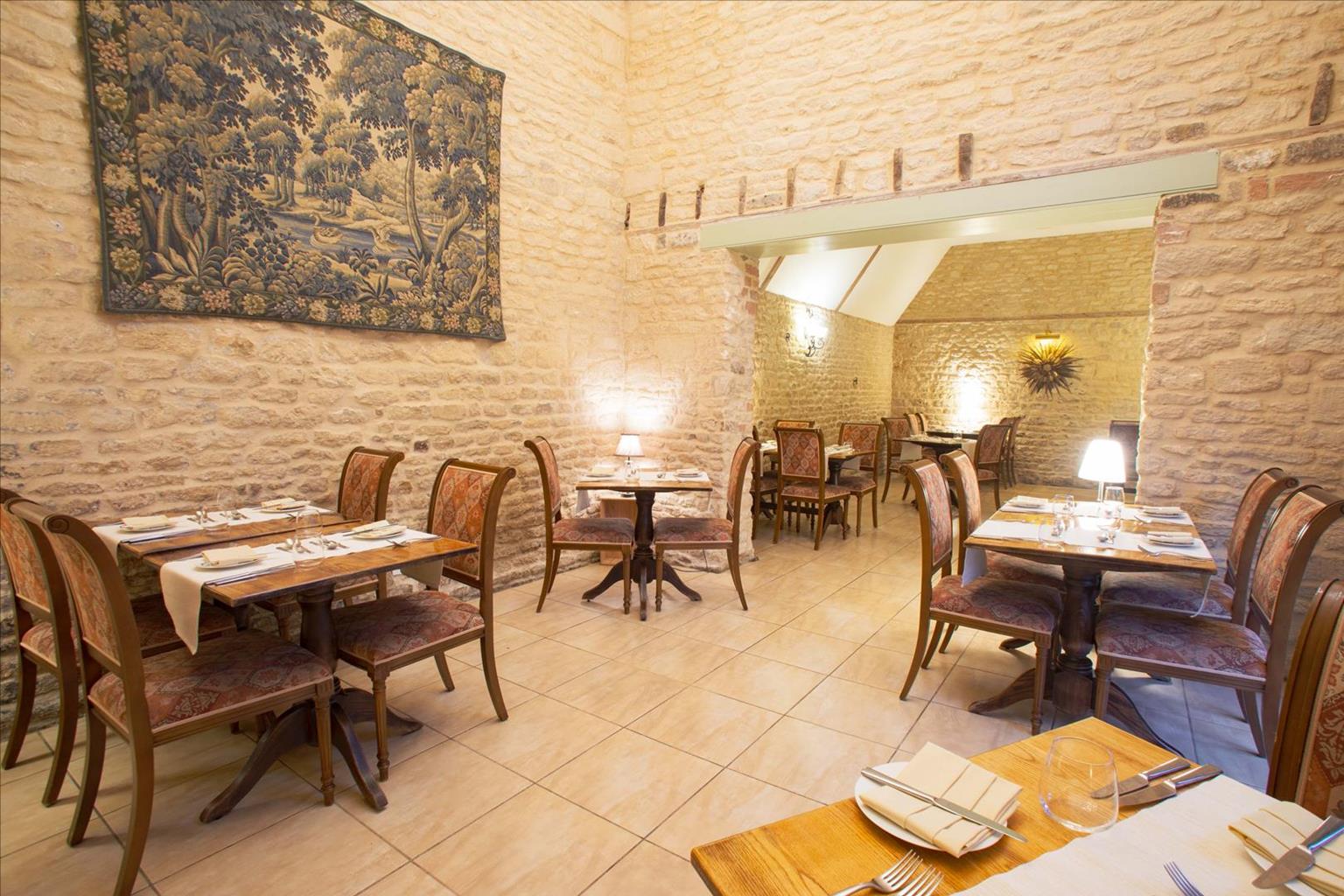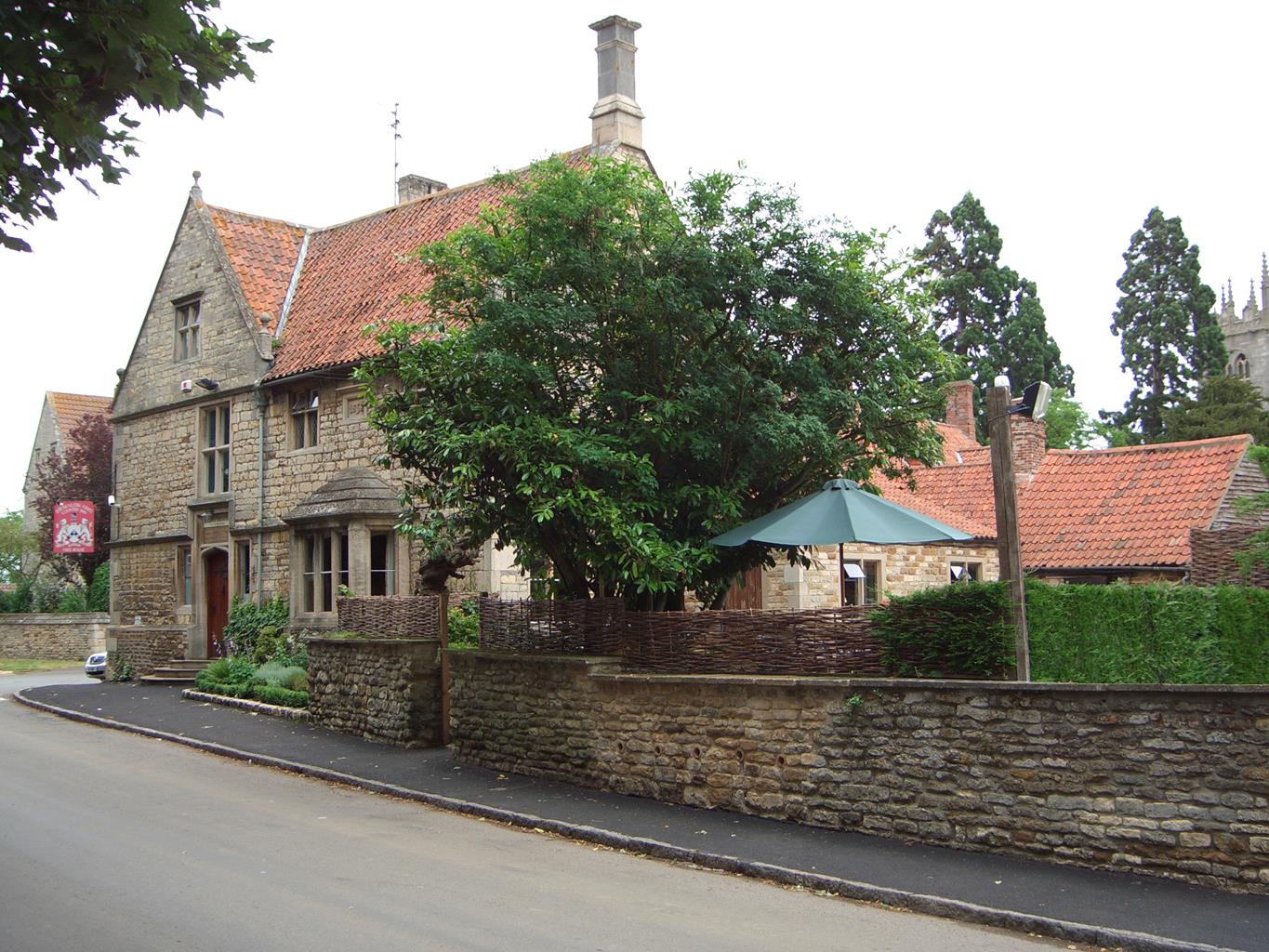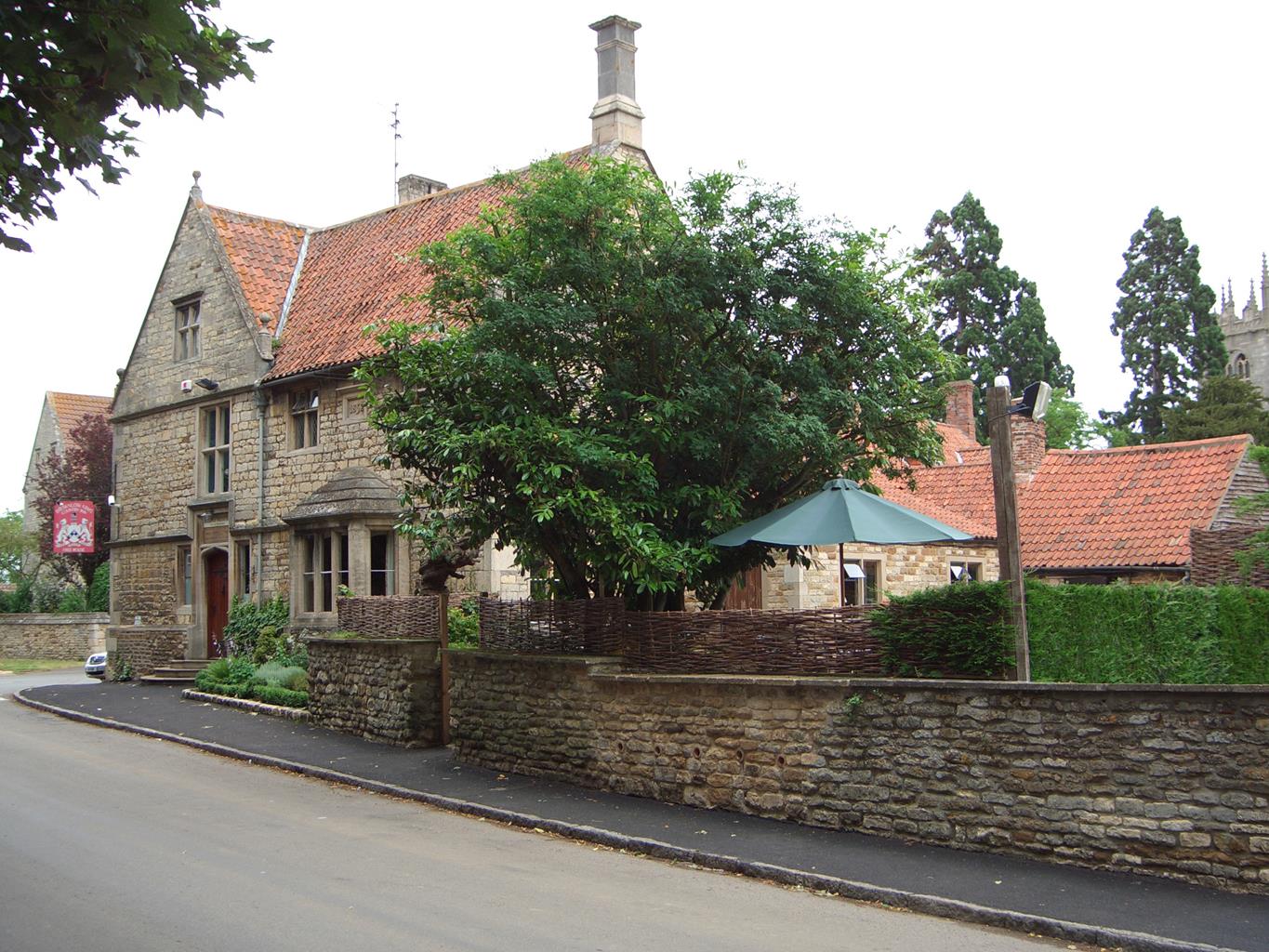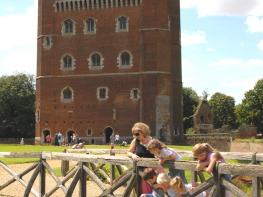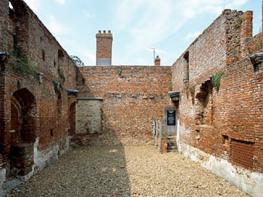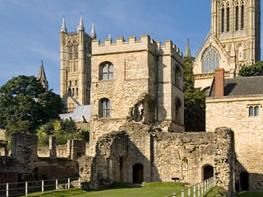Hilltop Barn sleeps up to six in three bedrooms. You can stay for three nights or longer. In a…
Echoes of Bloxholm's past

A gentle stroll near a deserted medieval village north of Sleaford, Lincolnshire
3 miles (4.8kms)
About the walk
This easy ramble through the peaceful countryside of mid-Lincolnshire is inspired by one of North Kesteven District Council’s excellent ‘Stepping Out’ walks. They form a series of short waymarked routes that explore the area around Sleaford, south of Lincoln, and take in hidden villages, ancient woodland and medieval castles through to historic RAF airfields.
Deserted medieval villages
Since the path skirts the edge of the wood there are occasional views out across the open farmland, which to the south includes the site of the deserted medieval village of Brauncewell. A scattering of low, rectangular earthworks is all that remains of up to 25 buildings, while around the church, rebuilt in 1855, is the outline of what were thought to be once the grand gardens of the Manor House. If you look on the OS map you will see that another lost village, Dunsby, is located less than a mile (1.6km) away by the present-day A15. Across the country there are many more examples of villages simply wiped out during the Middle Ages – more than 235 have been identified in Lincolnshire alone. It’s commonly thought that the Black Death, which arrived in England in 1348, was the main culprit, but in fact it was more likely due to failed harvests and famine, and in particular the clearance of whole communities to make way for sheep grazing. For a close-up view of the Brauncewell site take the path across the fields towards Manor Farm that leaves the Bloxholm lane 0.5 miles (800m) south of the parking lay-by.
Norman roots
The distant church spire and distinctive water tower seen away to the left belong to the village of Ashby de la Launde. Ashby, which means ‘settlement by the ash trees’, is quite a common name in Lincolnshire and Leicestershire, but to distinguish itself Ashby de la Launde (like Ashby de la Zouche, near Leicester) has retained the name of its Norman landlord.
Birds of the woods
Bloxholm Wood is a nature reserve managed by Lincolnshire Wildlife Trust and it’s usually rich in birdlife, although to identify them you will have to use your ears as well as your eyes. The 'pink, pink' is likely to be a chaffinch, while the great tit’s distinctive call sounds like 'teacher, teacher', plus a metallic series of 'zee-de' notes. Another common woodland bird, which arrives from late March onwards, is the chiffchaff. Its loud and plaintive 'hoo-eet' is often followed by a monotonous 'chiff-chaff, chiff-chaff '. Out on the open farmland and by the hedgerows listen out for the yellowhammer’s high-pitched 'little bit of bread and no cheese'.
Walk directions
Facing the noticeboard at the lay-by, on the lane just to the south of the village, turn right and walk away from Bloxholm. The lane bends right and then left. At this point leave the road to walk straight ahead along the surfaced farm drive between huge open fields. Where the track curves left, towards Hill Farm, keep going ahead on a signposted public footpath into Bloxholm Wood, next to a Lincolnshire Wildlife Trust sign.
The route is clear and direct and keeps just inside the southern edge of the woodland. Ignore smaller paths off to the right until the main path eventually swings right, too. At a junction turn left, still on the dominant track, to leave the main part of the wood behind. The route now follows the middle of a wide strip of trees, known as the Long Plantation. Across the open farmland to the south is the site of the deserted medieval village of Brauncewell.
At a junction of paths by another Wildlife Trust sign turn right on a broad grassy track. Go past a reedy pond and follow this permissive route up towards Mount Farm. At the lane at the top turn right and walk along to join a wide and direct, hedged track due east past the farm buildings, going through several farm gates. Continue over a wooded rise, known as The Mount, where there is another access point to Bloxholm Wood.
Go over a stile by a gate and continue in the same direction through a wide field. Cross another stile and head across the middle of an even larger field, this time on a well-defined grassy strip between crops, making for what’s left of Bloxholm Hall. The original house was built in the 1600s but, despite subsequent enlargement, most of it was pulled down three centuries later.
At the perimeter fence of Bloxholm Hall turn right and walk alongside this to the corner of the field. Here go straight on, through a small but obvious gap in the thin line of trees, and turn left. With fields on your right, and some houses and then a long red-brick wall on your left, walk along to join a semi-surfaced driveway as far as the road. Turn right to return to the car park.
Additional information
Wide field tracks and woodland paths, several stiles
Gentle farmland and broadleaved woods
Mostly good, but on lead around farm and in livestock fields
OS Explorer 272 Lincoln
Lay-by on lane south of Bloxholm
None on route (nearest in Sleaford)
WALKING IN SAFETY
Read our tips to look after yourself and the environment when following this walk.
Find out more
Also in the area
About the area
Discover Lincolnshire
Much of the fenland around the Wash has been drained of its marshes and reclaimed as highly productive farmland. Further north, the coastline, with its sandy beaches, has been developed to accommodate the holiday industry, with caravans, campsites and the usual seaside paraphernalia. The main resorts are Skegness, Mablethorpe, Cleethorpes and Ingoldmells. Inland, the chalky margin of the Lincolnshire Wolds offers an undulating landscape of hills and valleys, designated as an Area of Outstanding Natural Beauty.
Lincoln, the county town, is dominated by its magnificent cathedral. Most of interest in the city is in the uphill area, Steep Hill, ascending from the River Witham; the Bailgate spanned by the Newport Arch, and the Minster Yard with its medieval and Georgian architecture. Boston, on the banks of Witham, was England’s second biggest seaport in the 13th and 14th centuries, when the wool trade was at its height. There are market towns all over the county still holding weekly markets, including Barton-upon-Humber, Boston, Bourne, Brigg, Crowland, Gainsborough, Grantham, Great Grimsby, Holbeach, Horncastle, Long Sutton, Louth, Market Rasen, Scunthorpe, Sleaford, Spalding (the centre of the flower industry), and the elegant Edwardian spa resort of Woodhall Spa.
Nearby stays
Restaurants and Pubs
Nearby experiences
Recommended things to do
Why choose Rated Trips?
Your trusted guide to rated places across the UK
The best coverage
Discover more than 15,000 professionally rated places to stay, eat and visit from across the UK and Ireland.
Quality assured
Choose a place to stay safe in the knowledge that it has been expertly assessed by trained assessors.
Plan your next trip
Search by location or the type of place you're visiting to find your next ideal holiday experience.
Travel inspiration
Read our articles, city guides and recommended things to do for inspiration. We're here to help you explore the UK.


